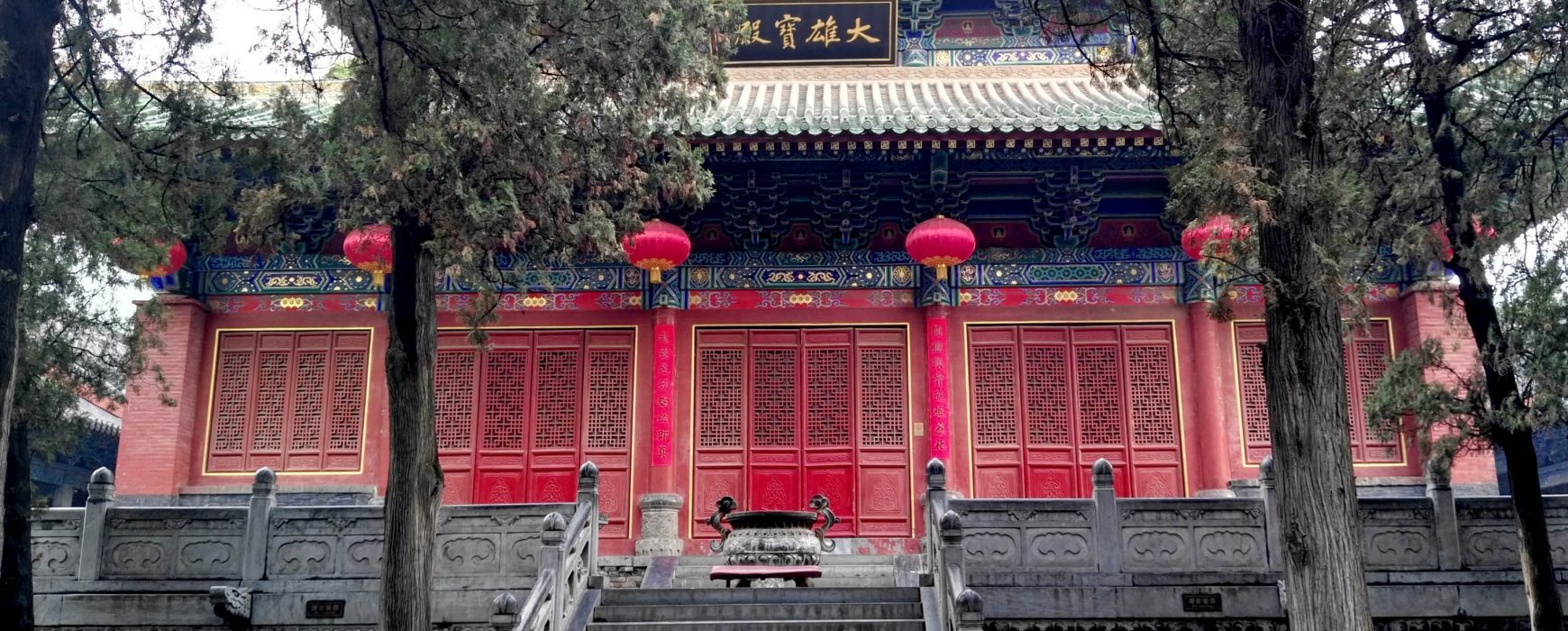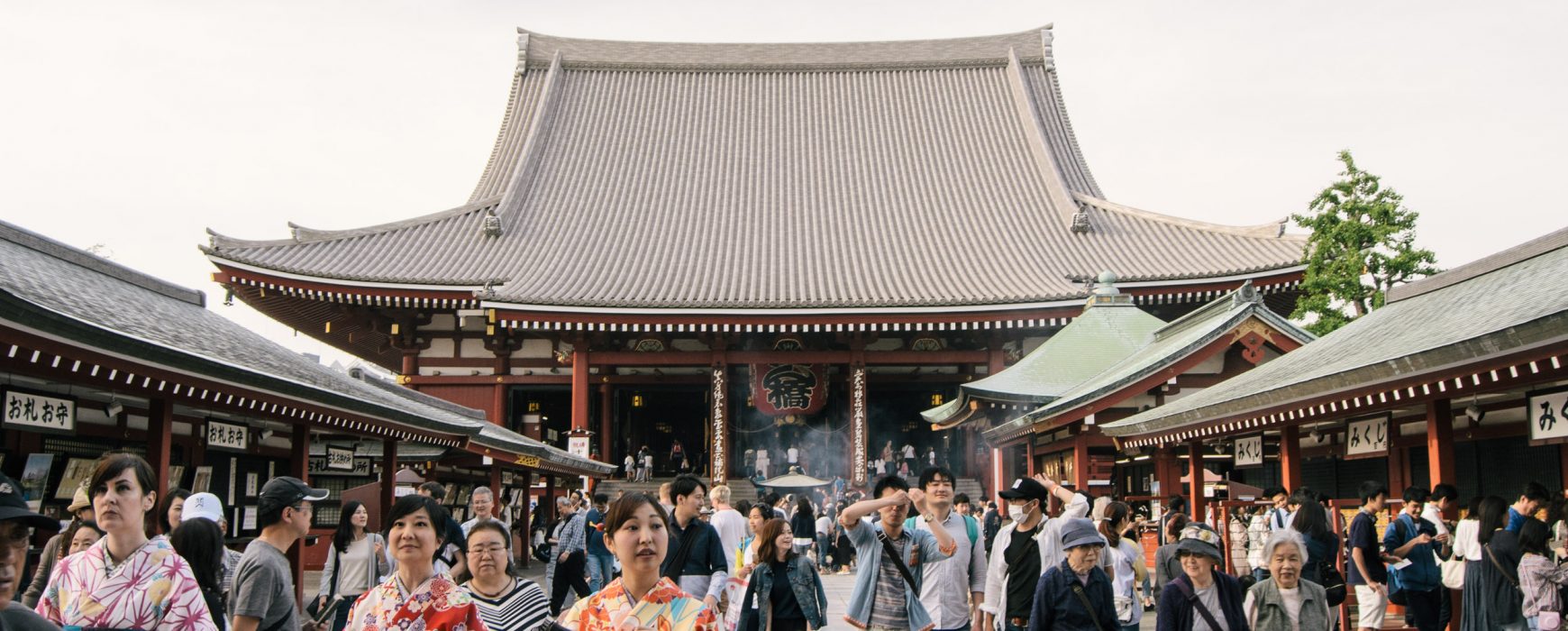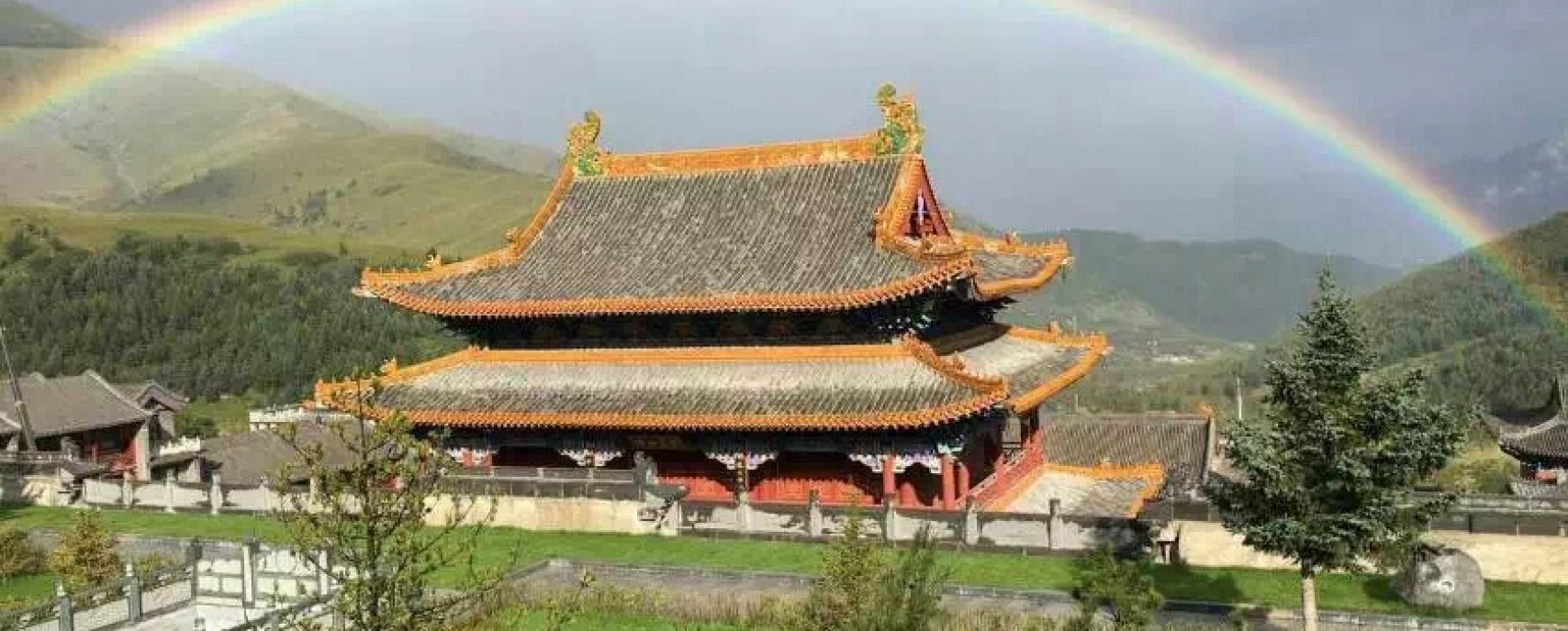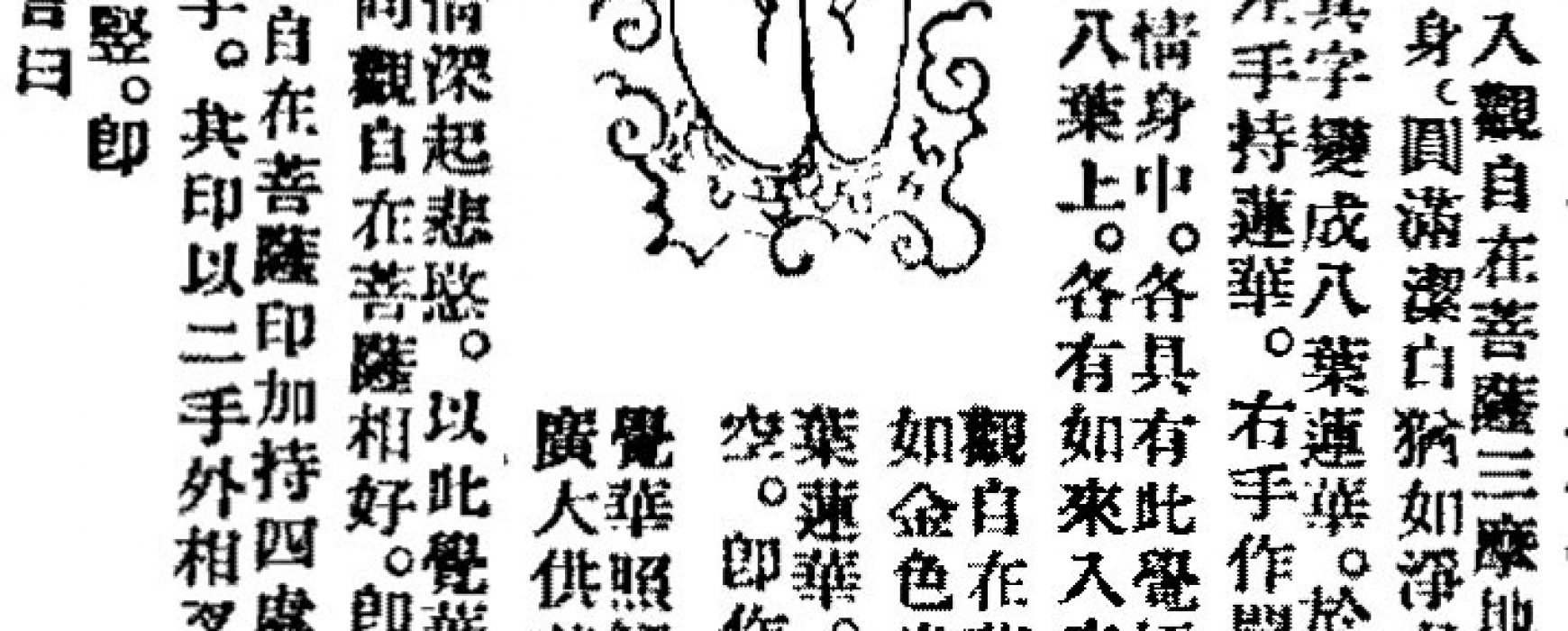
A Conference on the Shaolin Temple and Buddhism under the Northern Dynasties
July 31 – August 2, 2017. The Shaolin Monastery 少林寺, Mount Song 嵩山, Henan 河南
Continue reading

July 31 – August 2, 2017. The Shaolin Monastery 少林寺, Mount Song 嵩山, Henan 河南
Continue reading

July 12-15, 2017. Great Sage Monastery of Bamboo Grove, Mount WutaiContinue reading

June 16-18, 2017. Vancouver Canada.

Ven. Dayuan. 7pm Saturday June 17, 2017. Jack Poole Hall, Alumni Centre, UBCContinue reading

May 11 – October 9, 2017 at the Museum of Anthropology at UBC.Continue reading

March 25-27, 2017. Shanxi, China.
Continue reading

**New dates** July 12-20, 2017. Mount Wutai, China. Deadline to apply May 1.Continue reading

Information on launch of the Centre and the activities for the Centre’s inaugural week 22-25 March 2017 in Paris.Continue reading

January 20-22, 2017. Princeton University.Continue reading

A video of the 2016 Winter Program. December 10-19, 2016 at Dharma Drum Mountain in Taiwan.Continue reading

By Charles D. Orzech . 4pm, February 9, 2017. UBC Department of Asian Studies, Room 604.Continue reading
Professor Paul Groner. May 30, 2016. Asian Centre Room 604.
Continue reading